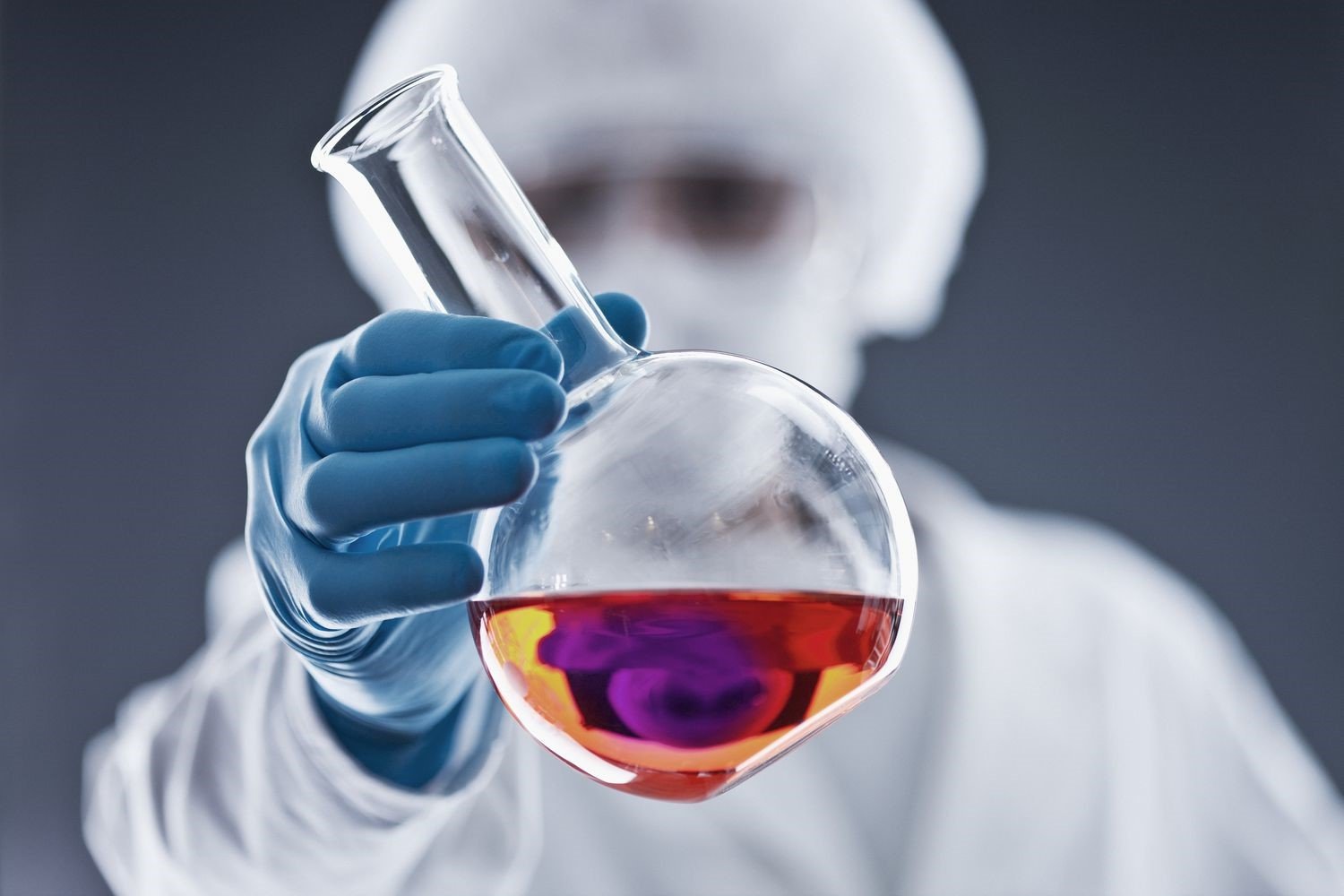Scientists Experiment on Chemical Reaction by 100 Billion Times
Scientists Experiment on Chemical Reaction by 100 Billion Times. The use of a quantum computer to delay a key quantum chemistry process by 100 billion times is remarkable. This ground-breaking breakthrough reveals the mysterious conical junction, a phenomenon that generally occurs in femtoseconds but is now viewable owing to a revolutionary technique.
Scientists have observed the molecular process called colonial intersection for the first time using quantum devices. Colonial intersection is an important process in reactions such as photosynthesis. There are points in the molecule’s geometry where there is an equal energy between two surfaces. It occurs in a lot of everyday life reactions like light-detecting reactions that take place in the retina. These intersections occurred so quickly that researchers and scientists were not able to experience the reactions. So, quantum computers made it possible for them to observe the whole process.
Read out the details of Colonial Intersection Process and how it works
To lengthen the process time, researchers from the University of Sydney and the University of California, San Diego utilized a charged particle inside a field. Vanessa Olaya Agudelo of the University of Sydney’s School of Chemistry said, “Our quantum computer allowed us to stretch chemical dynamics from femtoseconds to milliseconds, enabling unprecedented observations.”
This discovery offers key insights into quantum chemistry, with applications ranging from materials research to medicines. This revelation ushers in an age of exact quantum-level control. That’s why, it is an amazing fact that scientists experiment on chemical reaction by 100 Billion Times.
Find out Is Asteroid Bennu a threat to Earth?
Share this content:



Post Comment